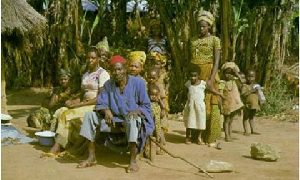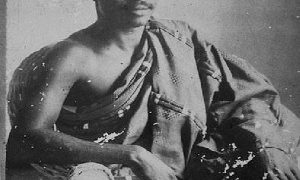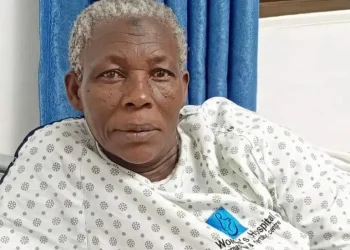KASAWO, Uganda (Reuters) – Mariam Nabatanzi gave birth to twins a year after she was married off at the age of 12. Five more sets of twins followed – along with four sets of triplets and five sets of quadruplets.
Three years ago, however, the 39-year-old Ugandan was abandoned by her husband, leaving her to support their surviving 38 children alone.
It was just the latest setback in a life marred by tragedy for Nabatanzi, who lives with her children in four cramped houses made of cement blocks and topped with corrugated iron in a village surrounded by coffee fields 50 km (31 miles) north of Kampala.
After her first sets of twins were born, Nabatanzi went to a doctor who told her she had unusually large ovaries. He advised her that birth control like pills might cause health problems.
So the children kept coming.
Family sizes are at their largest in Africa. In Uganda, the fertility rate averages out at 5.6 children per woman, one of the continent’s highest, and more than double the global average of 2.4 children, according to the World Bank.
But even in Uganda, the size of Nabatanzi’s family makes her an extreme outlier.
Her last pregnancy, two and a half years ago, had complications. It was her sixth set of twins and one of them died in childbirth, her sixth child to die.
Then her husband – often absent for long stretches – abandoned her. His name is now a family curse. Nabatanzi refers to him using an expletive.
“I have grown up in tears, my man has passed me through a lot of suffering,” she said during an interview at her home, hands clasped as her eyes welled up. “All my time has been spent looking after my children and working to earn some money.”
Desperate for cash, Nabatanzi turns a hand to everything: hairdressing, event decorating, collecting and selling scrap metal, brewing local gin and selling herbal medicine. The money is swallowed up by food, medical care, clothing and school fees.
source: Reuters









![Drake helps a group of African kids go viral [Watch]](https://thepostghana.com/wp-content/uploads/2020/04/drake-2019-pxn-billboard-1548-1586360114-1024x677-360x180.jpg)






































